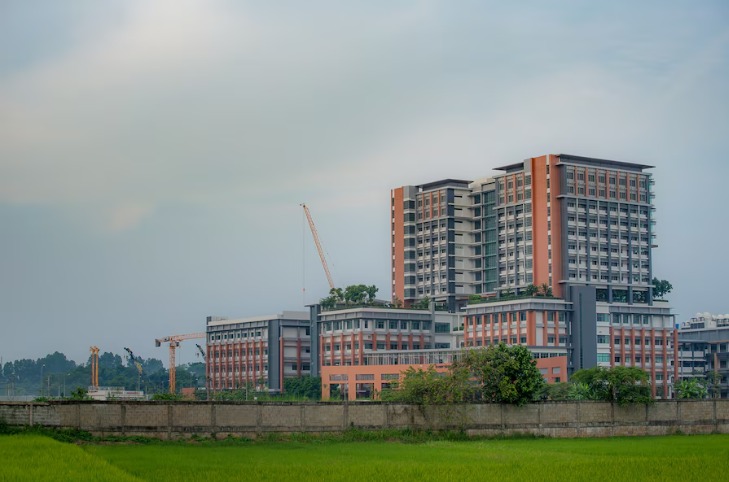Recent changes in the licensing policy have stirred up the real estate sector in Faridabad, with far-reaching impacts on both developers and homebuyers. The new regulations, aimed at addressing loopholes in the Deen Dayal Jan Awas Yojana (DDJAY), have led to a variety of consequences across the housing market.
Supply Shortage and Rising Prices
The tightening of licensing norms has resulted in a significant reduction in the supply of new housing units, particularly in the affordable segment targeted by DDJAY. As developers pause construction to comply with the revised regulations, the overall availability of housing has shrunk. This supply-demand gap is pushing up property prices, making homes less affordable for middle- and lower-income groups. Buyers, who previously found comfort in the affordable housing options in Faridabad, now face escalating costs.
Developer Challenges
Real estate developers, too, are feeling the pinch. Delays caused by stricter licensing protocols and increased construction costs have created hurdles. The added pressure to comply with new standards has further complicated project timelines, impacting the ability of developers to deliver homes on schedule. Many firms are scrambling to adapt their business models, which may include reevaluating projects or increasing prices to offset higher costs.
Government Measures for Relief
To soften the blow, the government has introduced a series of amendments to the licensing policy. The changes include reductions in External Development Charges (EDC) and provisions for higher-density developments, aimed at making real estate projects more attractive to both developers and buyers. These revisions are designed to stimulate the market by encouraging the construction of more homes.
Filling the Gap Left by DDJAY
The government is also working on a new policy to replace DDJAY, offering mixed-use developments with a minimum area starting from 25 acres. This shift is expected to pave the way for more comprehensive real estate projects, blending residential and commercial spaces, and catering to a broader audience.
Incentives and Infrastructure Development
In an effort to bolster affordable housing, the government has rolled out tax benefits and subsidies under the Pradhan Mantri Awas Yojana (PMAY), incentivizing developers to focus on low-cost housing projects. Additionally, a renewed emphasis on infrastructure development, such as improved roads and public utilities, is making Faridabad more appealing for both buyers and investors.
Expert Opinions
Real estate experts view these changes positively, highlighting the long-term potential for the market.
Shailesh Kumar Gupta, NCR Property expert, remarked, “The current policy adjustments may seem challenging for developers in the short term, but they are a step in the right direction. By allowing higher-density developments and reducing external development charges, the government is creating an environment that will drive both quality and affordability in Faridabad. We expect a more streamlined and efficient real estate landscape in the coming years.”
Echoing this sentiment, Bhalendra Pratap Singh, Founding Partner, NEWDOOR Real Estate Consultant added, “The shift towards mixed-use developments and enhanced infrastructure is exactly what Faridabad needs to attract both residents and businesses. The new licensing flexibility, combined with incentives for affordable housing, will not only improve housing supply but also foster long-term growth and sustainability in the region’s real estate market.”
While the current changes have created short-term challenges, the long-term outlook for Faridabad’s real estate market seems promising. The combination of policy amendments, financial incentives, and infrastructure improvements is expected to stabilize the market, making it more attractive for developers while providing affordable housing options for buyers. However, the success of these initiatives will hinge on how quickly developers can adapt to the new regulatory environment and deliver projects that meet the evolving needs of homebuyers.

